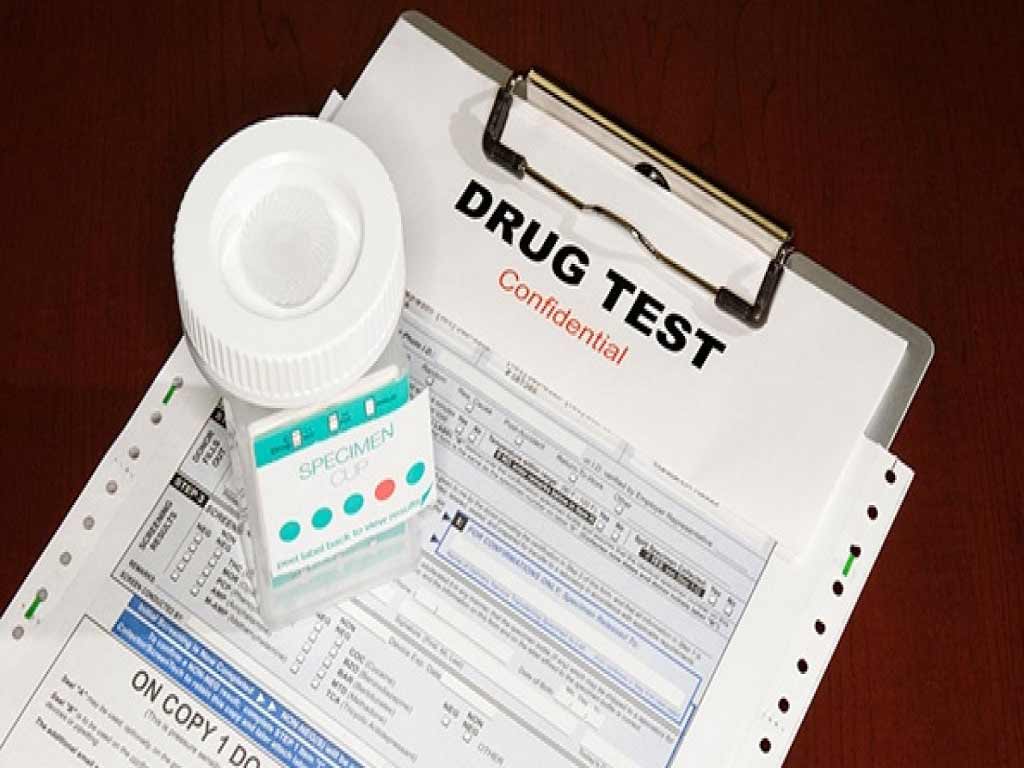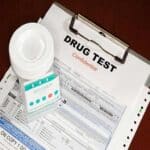Drug and Alcohol Test: The Complete Guide for Workplace Testing
16 January, 2024
Drug and alcohol abuse is a pervasive issue that can have serious consequences in the workplace. It can lead to increased rates of accidents, poor work performance, high absenteeism, and overall high costs. Hence, many companies implement a drug and alcohol test program to not only protect employees but also improve productivity. Whether as an employer or employee, it is vital to be well-informed on the importance and process of alcohol and drug testing in the workplace.
Illicit drugs and alcohol use can negatively affect physical and mental health. They commonly affect how the brain functions, leading to impaired judgment, decreased coordination, and reduced reaction time. This can pose significant risks in the workplace, especially in jobs that require operating heavy machinery or making crucial decisions. In this complete guide, we will cover all aspects of alcohol and drug testing in the workplace, including its purpose, implementation, and types of tests available.
Jump to a Section:
- An Overview of Drug and Alcohol Tests in Australia
- Importance of Conducting Drug and Alcohol Tests in the Workplace
- Drug and Alcohol Test Types: Breathalyser Testing
- Drug and Alcohol Test Types: Urine Testing
- Drug and Alcohol Test Types: Blood Testing
- Drug and Alcohol Test Types: Hair Testing
- Drug and Alcohol Test Types: Saliva Testing
- Drug and Alcohol Testing Methods and Techniques
- How to Implement Drug and Alcohol Tests in Your Workplace
- Drug and Alcohol Test Training: HLTPAT005 – Collect Specimens for Drugs of Abuse Testing
An Overview of Drug and Alcohol Tests in Australia
Conducting drug and alcohol tests in the workplace is becoming increasingly common in Australia as employers recognise the importance of safety. It aims to prevent and reduce the risks associated with substance abuse, as well as improving productivity. In addition, the implementation of testing policies is driven by various factors, including duty of care obligations and mitigating legal liabilities.
Workplace alcohol and drug testing is a process of identifying employees who may be using illicit substances. It involves the collection and analysis of biological specimens to detect the presence of drugs and alcohol in the system. Moreover, there are several methods of testing to choose from. Employers may select among urine, saliva, hair, breath, and blood tests to monitor impairment or substance abuse.
The results of the test can have various implications. A positive drug test result can result in disciplinary action, such as suspension or even termination of employment. In other cases, employers may offer treatment assistance to support employees in overcoming their addiction problems. However, this would depend on the conditions of the workplace policy.
A Brief History
- Drug testing in the workplace in Australia began in the early 1980s, as there is a global need to address prevailing substance abuse issues.
- Initially, it focused on safety-sensitive industries, such as aviation, maritime, and mining.
- In the early 2000s, there was a significant shift towards implementing the testing program across various industries.
- The introduction of national guidelines and regulations has standardised testing procedures, leading to increased awareness and compliance in the workplace.
- In general, the industry remains largely self-regulated. The accreditation to the Australian Standards is voluntary.
- However, adherence to the industry standards ensures that testing procedures are accurate, reliable, and ethical.
Importance of Conducting Drug and Alcohol Tests in the Workplace
Implementing drug and alcohol tests in the workplace is crucial for several reasons. The first key point is ensuring safety. Substance impairment can lead to injuries and permanent disabilities. Thus, monitoring employees who may be under the influence of alcohol or illegal drugs can help minimise these safety risks. Early detection can also help identify individuals with addiction and offer them the necessary interventions.
Secondly, workplace testing helps maintain productivity and efficiency within the organisation. Drug and alcohol abuse can have a detrimental impact on employee performance. It often leads to decreased output, increased absenteeism, and higher rates of errors or mistakes. Therefore, regular screening can help maintain a stable workforce in the long run.
Additionally, it is crucial for companies to comply with legislative requirements and duty of care obligations. Employers have a responsibility to provide a safe working environment for their employees, and implementing testing policies helps fulfil this duty. It also helps mitigate legal liabilities in case of accidents or incidents caused by substance impairment.
Benefits of a Safe Working Environment
A safe working environment is essential for the overall success of an organisation. First of all, it ensures employees that they are protected from physical harm and accidents. In return, they can perform their duties with trust and confidence. Moreover, this minimises costs associated with accidents, hospitalisation, legal, and property damage.
Furthermore, a safe and healthy environment promotes a positive culture and enhances employee morale. There are lesser turnover rates and higher job satisfaction among employees. This, in turn, leads to increased productivity and efficiency within the organisation. Employees feel valued and supported, which fosters a sense of loyalty and commitment.

Drug and Alcohol Test Types: Breathalyser Testing
Alcohol abuse or impairment is a major concern in many settings, including the workplace. It can negatively affect cognitive function, motor skills, and overall performance. Thus, although alcohol is legal, it is often included in the list of prohibited substances in workplace drug and alcohol test programs. Employers conduct breathalyser testing as a convenient way to detect alcohol in employees.
A breathalyser test is a handheld device that measures the Blood Alcohol Concentration (BAC) or the amount of alcohol in the bloodstream. The BAC, expressed in percentage, indicates the intoxication level of a person. The higher the BAC level, the more severe the impairment. Some workplaces may set a limit for alcohol concentration, while others impose a zero-tolerance policy.
Breathalyser testing is a non-invasive method of determining the BAC of a person. It involves blowing into the mouthpiece and waiting for the results. An advantage of this test is that it does not require a medical professional to administer it, making it cost-effective and easily implementable in the workplace.
Accuracy of Breathalyser Testing
Breathalysers in workplace testing use fuel cell sensors. This sensor technology provides high accuracy in detecting alcohol levels in the breath. They are highly specific to ethanol and are less susceptible to external contaminants. As a result, fuel cell breathalysers are less likely to produce false positive or false negative results.
However, it is important to note that breathalyser testing provides an estimate of the alcohol in the breath, not the actual blood alcohol level. Therefore, there may be variations between the actual BAC in confirmatory testing. Additionally, it is vital that breathalysers undergo regular recalibrations to reset the sensors that may drift over time.
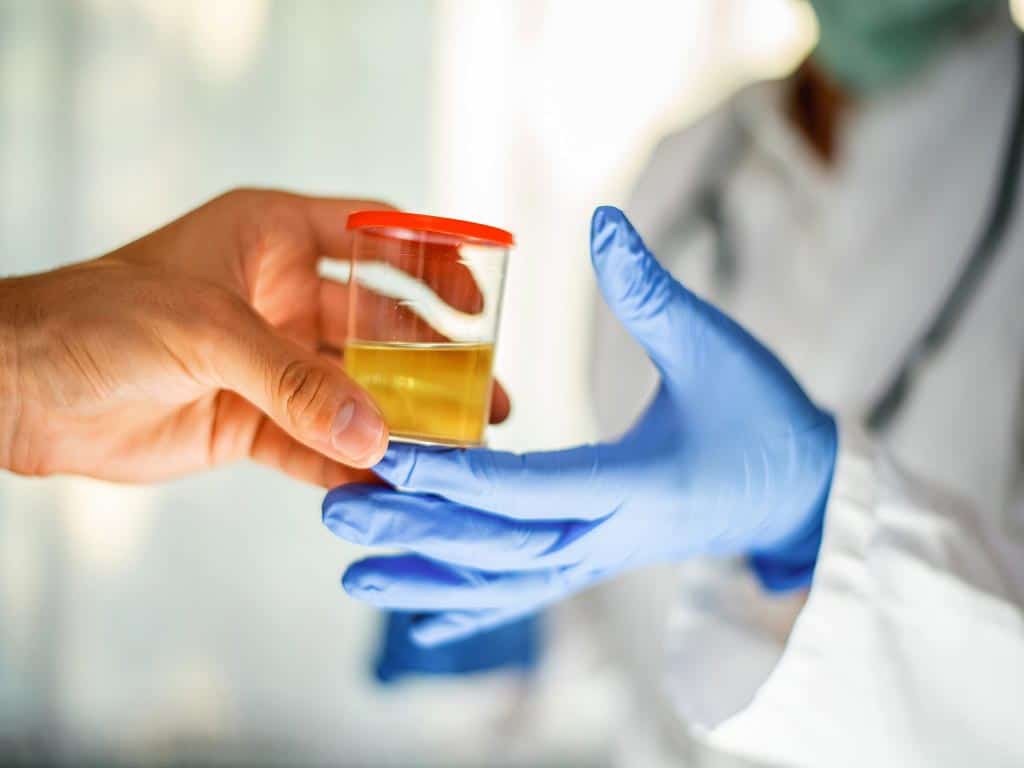
Drug and Alcohol Test Types: Urine Testing
A urine drug and alcohol test is a standard procedure in most workplace testing. It can detect a wide range of substances, such as illegal drugs, prescription medications, and alcohol. Urine can trace these substances within the past 72 hours from the date of testing. Hence, it provides an extended coverage of usage or consumption history.
To conduct the test, the person provides a urine sample in a sterile container. The sample can be analysed onsite through rapid test kits. This method uses immunoassays that detect the presence of specific drugs or alcohol metabolites in the urine. If the initial test result is positive, a confirmatory test is usually conducted using more advanced laboratory techniques to ensure accuracy.
In a laboratory, urine testing utilises different techniques, such as Gas Chromatography-Mass Spectrometry (GC-MS). GC-MS breaks down molecules in the urine to identify and quantify the specific drugs present. Due to their precision and accuracy, it is known as the gold standard in forensic testing.
Advantages of Urine Testing
- Urine testing is a non-invasive method of detecting drug use. The sample collection procedure is relatively easy, making it convenient to administer.
- It can detect a wide range of drugs, including marijuana, cocaine, opioids, and amphetamines, providing a comprehensive screening tool.
- It allows for the detection of drugs over a longer period compared to other testing methods. This makes it useful for monitoring chronic use.
- Urine tests can provide results within a few minutes to hours.
- It is a cost-effective option for employers who need to screen large groups of individuals.
- Laboratory testing follows a chain of custody procedure to ensure the accuracy of results.
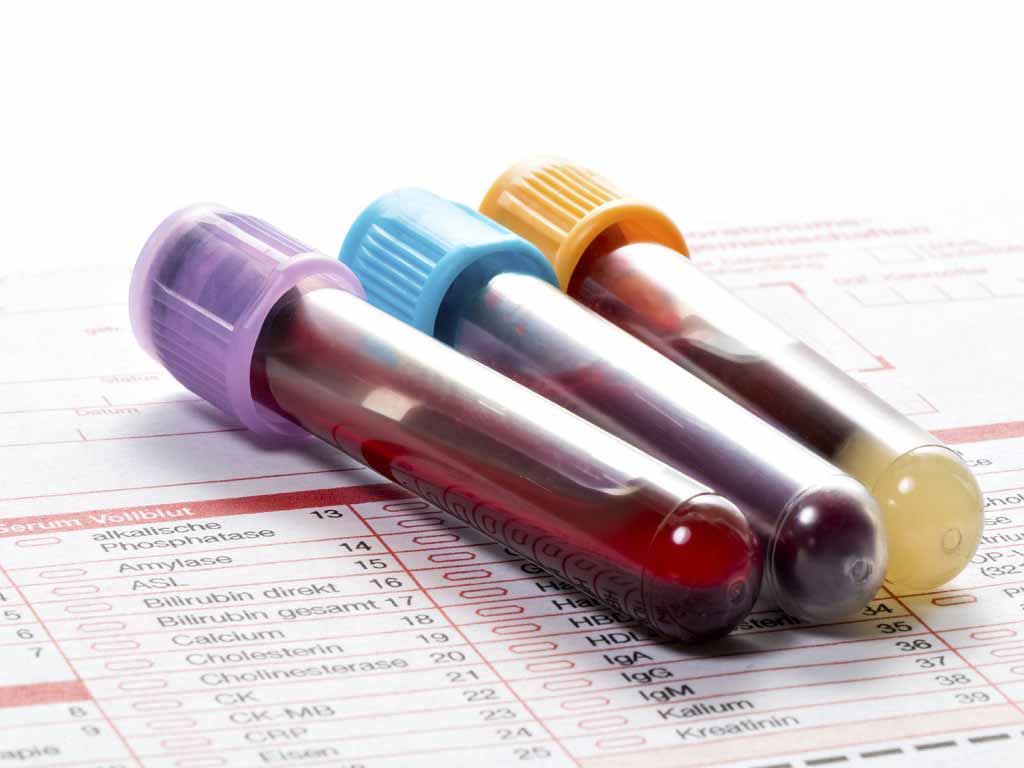
Drug and Alcohol Test Types: Blood Testing
Blood testing for drugs and alcohol provides a direct measure of the substances present in the bloodstream. It can detect substances within 6 to 12 hours from the last intake, making it the most accurate method of determining current impairment or intoxication levels. Moreover, it requires a medical professional to administer the test and specialised laboratory equipment for analysis.
The accuracy of the blood drug and alcohol test is high. It is one of the most reliable methods for detecting substances due to its specificity and sensitivity. However, various factors may influence the test, such as the timing of sample collection, the type of drug, and the proficiency of the laboratory conducting the analysis.
Furthermore, there are several disadvantages to this method. The sample collection procedure is the most intrusive among all the types of tests. To conduct a blood test, a medical professional draws a blood sample by inserting a needle into a vein of an individual. After the collection, they send and analyse the specimen in a laboratory.
When to Use Blood Testing
Due to its intrusive and costly nature, organisations reserve blood testing for situations where it is necessary to determine the current impairment levels of a person. One common scenario is post-accident testing. A blood test is helpful in determining if drug or alcohol use played a role in the incident.
Another scenario where blood testing may be necessary is when an initial screening produces non-negative results. In particular, rapid urine test kits can detect substances but not measure their amount. Thus, a confirmatory blood test helps measure the exact concentration levels of a drug or alcohol.
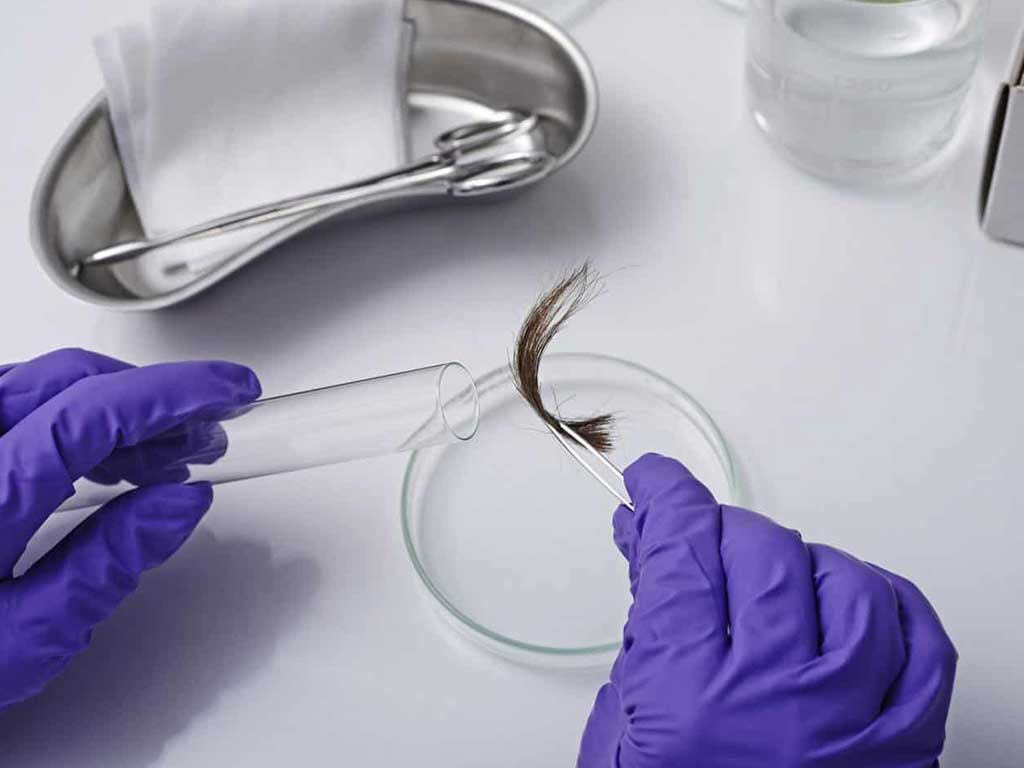
Drug and Alcohol Test Types: Hair Testing
A drug and alcohol test using hair is another method of determining past substance usage. This type of test provides a long detection window of 90 days. This means it can trace the presence of alcohol or drugs in hair, providing a long-term overview of the consumption history of a person.
Hair testing works by analysing the hair shaft for drug metabolites that have been incorporated into the hair follicle during growth. As hair grows at a rate of approximately half an inch per month, a sample taken close to the scalp can provide information about substance use within the past 90 days. One advantage of this method is that it is difficult to tamper with or adulterate the sample, making it highly reliable.
The long detection period of a hair test is beneficial in pre-employment settings to screen job applicants who may have substance abuse issues. Some employers may also occasionally conduct this during random testing. However, there are some limitations to this type of test. It cannot determine current impairment levels. Additionally, it may not be effective in detecting one-time use.
What Else Can You Detect with Hair Testing?
Hair testing can detect alcohol and drug metabolites that enter the hair strands. Aside from illegal drugs, it can determine if a person abuses a prescription medication. This is important as the misuse of prescribed drugs, such as benzodiazepines or morphine, can result in impaired judgment and performance.
Another drug class it can detect is anabolic steroids or performance-enhancing drugs (PEDs). However, it is more common in athletes or sports competitions. This helps maintain the integrity of professional plays to ensure that athletes are on an even level playing field. Overall, it is a comprehensive method of detecting a wide variety of drugs.

Drug and Alcohol Test Types: Saliva Testing
Saliva screening is a type of drug and alcohol test that is useful in workplace and roadside settings. The test works by collecting oral fluid samples and analysing them using immunoassay reactions. However, it can identify a limited type of substance, such as the common drugs of abuse. In roadside testing, law enforcement uses it as it does not need a facility to collect the sample.
The saliva testing procedure is relatively simple and non-invasive. Firstly, the individual must refrain from eating or drinking at least 10 minutes before the test. During the sample collection, the test administrator swabs the inside of the mouth using an absorbent pad. This process only takes a few minutes. Lastly, test centres take the sample to a laboratory for analysis.
The detection window for saliva testing can vary depending on the specific substances and amount of intake. Generally, it is able to trace drugs and alcohol usage within a shorter time frame. Thus, it is ideal in random testing, post-incident, or reasonable suspicion cases.
Advantages of Saliva Testing
- The saliva test is non-invasive, and the sample collection does not cause discomfort or pain.
- It is suitable for situations requiring immediate results, allowing for quick decision-making.
- Saliva testing is less prone to tampering or adulteration as the sample collection is under direct supervision. This minimises the chances of specimen substitution or contamination.
- It is time-efficient. Employees can know the result immediately, allowing them to return to work for those with negative tests.
- The test is suitable for onsite screening, as it does not require a specialised facility.
- The short detection window of saliva helps determine recent consumption or impairment.

Drug and Alcohol Testing Methods and Techniques
There are various drug and alcohol test methods for the detection and measurement of substances. A common technique is immunoassay screening. It works by using antibodies that bind to the target drugs or its metabolites. This produces a measurable signal indicating the presence of the drug when it reaches a cut-off level.
Another method is GC-MS testing. It is a highly accurate and reliable method to quantify drugs or their metabolites. This technique combines gas chromatography to separate the drug compounds and mass spectrometry to analyse their molecular structure. Thus, it provides a comprehensive analysis of determining drug presence or absence with great precision.
Moreover, Liquid Chromatography and Mass Spectrometry (LC-MS) is a highly sensitive and specific analytical technique using urine or blood samples. It is a suitable method for detecting substances from overdose patients. Its enhanced sensitivity can trace drugs more accurately than traditional methods. Therefore, it plays a crucial role in ensuring safety and efficacy, as well as in supporting clinical decision-making and legal investigations.
Screening vs Testing
When it comes to drug and alcohol detection, there are two main approaches: screening and testing. Screening refers to the initial assessment done to determine whether further evaluation is necessary. It only detects the presence of specific substances but does not provide detailed information about the quantity or concentration of the drug.
On the other hand, testing involves a more thorough analysis of the specimen to determine the exact amount of substances. This type of analysis requires laboratory testing. It is also generally more expensive and time-consuming. Moreover, it has stricter procedures and standards to minimise false results.
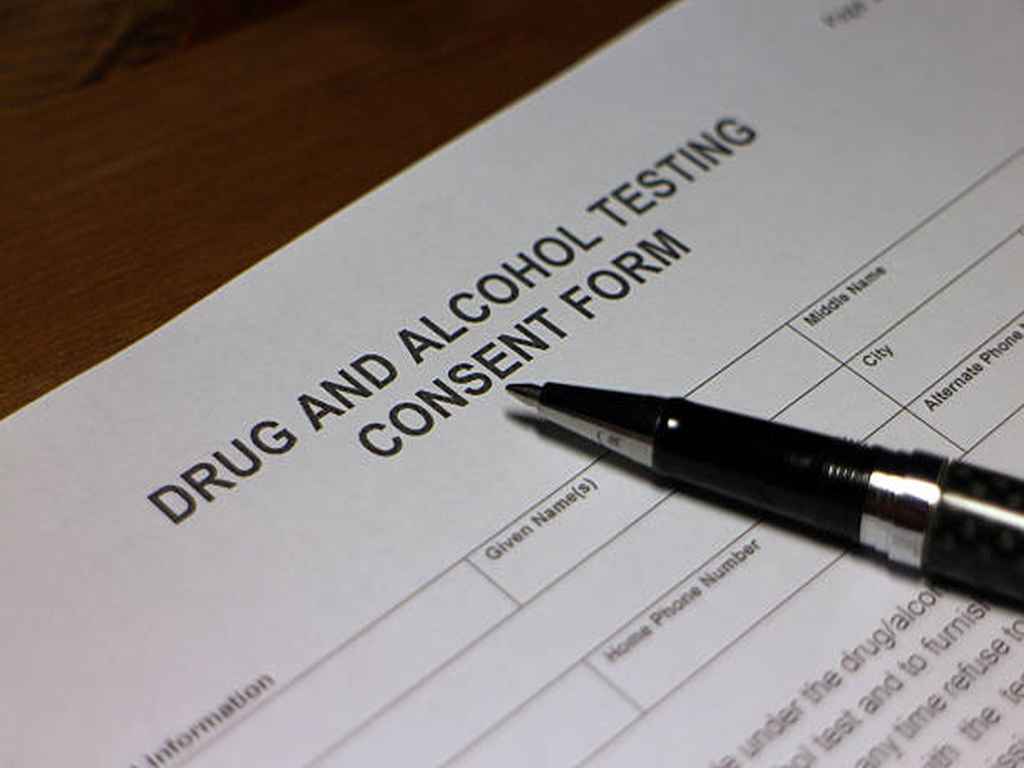
How to Implement Drug and Alcohol Tests in Your Workplace
Before implementing drug and alcohol tests in the workplace, there are several key steps and considerations to keep in mind. Firstly, it is crucial to develop a comprehensive alcohol and drug policy. This provides employees with a clear outline of the expectations, procedures, and consequences related to substance use. In addition, it should comply with local laws and industry regulations.
Secondly, educate employees. Communicate the policy to all through meetings, training sessions, or written materials. Ensure that all members of the organisation understand the policy and its implications. Likewise, it is important to provide training to supervisors and managers to recognise the signs of impairment or abuse. Educating employees on the importance of alcohol and drug testing helps make the safety safety program more effective.
Furthermore, choose a reliable test provider. Consider their accreditation and track record in providing efficient service. Also, consider the type of testing method that is most appropriate for the situation. Lastly, there must be a specific procedure for handling positive test results and the corresponding consequences.
Legalities in Your Policy
The workplace policy must be in accordance with relevant laws and legislation. The testing procedures must adhere to state or federal laws for compliance and avoid legal risks. Thus, it is advisable to have legal experts and safety representatives review the policy before implementing it.
Moreover, companies have to be aware of privacy laws when it comes to alcohol and drug testing. This includes protecting the personal information of employees and allowing authorised personnel to access the drug test results. It is also vital to obtain the written consent of employees, use certified laboratories, and impose disciplinary measures.

Drug and Alcohol Test Training: HLTPAT005 – Collect Specimens for Drugs of Abuse Testing
The HLTPAT005 course is a nationally-recognised program that provides training on collecting specimens for drug and alcohol tests. This training is essential for individuals who want to work as a specimen collector or laboratory technician. It covers standardised procedures for the collection and quantification of urine, saliva, and breathalyser testing.
The significance of this course is to provide individuals and companies with consistent and accurate testing methods in various settings. The course outline includes theoretical and practical components. Students can study the program online or in a classroom setting. Then, they must demonstrate their competency through assessments and practical exercises in front of an experienced trainer.
During the training, participants will learn about the different types of drugs and their effects. Likewise, they will learn the chain of custody requirements for collecting and handling specimens. Knowing the factors that can influence the test can help minimise false or inaccurate results. After successful completion, individuals can work in various industries, specialising in healthcare or workplace safety.
Benefits of Accreditation
- The HLTPAT005 accreditation demonstrates a high level of competence and proficiency in performing drug testing procedures, whether in onsite or clinical settings.
- It gives organisations the confidence to receive reliable services. For instance, it includes standardised cut-off levels for each drug class and testing method.
- It minimises the risk of sample adulteration and false negative results.
- Increased employment opportunities for certified individuals to work in a wide range of industries.
- Establish best practices of workplace testing that are consistent with federal laws.
- Protect companies and minimise the risk of legal liabilities.
- Ensure up-to-date testing procedures and standards.
Conclusion
Implementing a drug and alcohol test in the workplace is essential for maintaining a safe, healthy, and productive environment. It offers numerous benefits, including reducing the risk of accidents, improving employee morale, and compliance with legal obligations. As such, there are various methods available for conducting the test. The common methods are urine, saliva, breath, hair, and blood testing. Each method has advantages and limitations, making them suitable for specific circumstances.
Before conducting any test procedure, it is crucial to have a comprehensive workplace policy in place. This provides employees with a clear outline of the expectations regarding drug and alcohol use, as well as the consequences for violating the policy. In addition, the policy should be in accordance with relevant laws and legislation. Finally, it is advisable to get reliable drug and alcohol testing services with HLTPAT005 accreditation to ensure the integrity of the tests.





